Not a lot of people know about the Franco-Hova Wars so we have decided to give you a bit of a background on these wars and how they overthrew the ruling monarchy of the Merina Kingdom, and resulted in Madagascar becoming a French colony.

The Franco-Hova Wars (also Franco-Malagasy Wars) comprised French military interventions in Madagascar between 1883 and 1896. Hova refers to a class within the Merina tribal structure.
Background
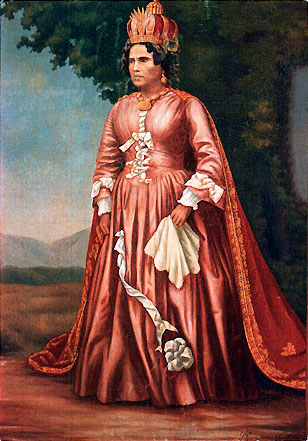
When the Queen Ranavalona I took power in 1828, considerable British influence was already suppressed. Upon her death, her son took over as King Radama II in 1861.

As prince, he had already made secret concessions to Joseph-François Lambert, a French adventurer. This so-called Lambert Charter was unfavorable to Madagascar, and after a brief reign, he was assassinated in 1863 and the concessions were revoked resulting in a conflict with France. [1]
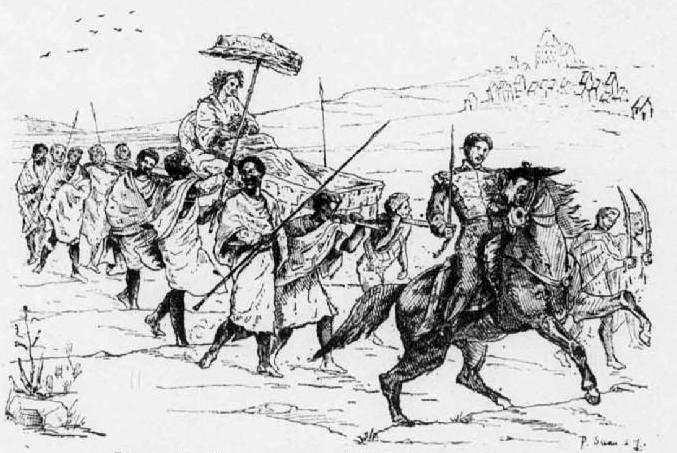
First Franco-Hova War

The First Madagascar expedition was the beginning of the Franco-Hova War and consisted of a French military expedition against the island of Madagascar in 1883. It was succeeded by the Second Madagascar expedition in 1895.

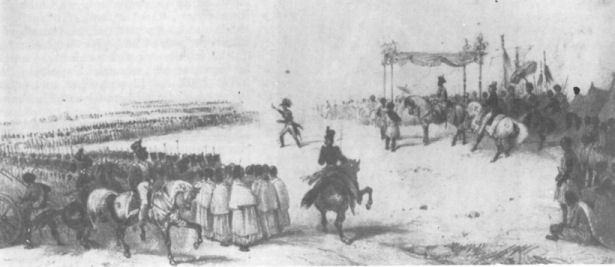
Following their capture of Mauritius from the French in 1810 during the Napoleonic Wars, with ownership confirmed by the Treaty of Paris (1814), the British saw Madagascar as a natural expansion of their influence in the area.[1] The Merina King Radama I managed to unite Madagascar under one rule, benefiting from British weapons and military instructors.[1] He signed treaties with the British, allowing Protestant missionaries and outlawing the slave trade.[2]
When Queen Ranavalona I took power in 1828, relationships with foreign powers gradually soured. By the mid-1830s, nearly all foreigners had chosen to leave or were expelled, and British influence was largely suppressed.[1][2] An exception, the Frenchman Jean Laborde, was able to remain in the island to build foundries and an armament industry.
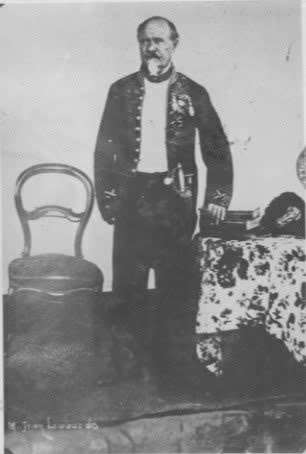
Meanwhile, the Queen's son Prince Rakoto (future King Radama II) had been under the influence of French nationals at Antananarivo. In 1854, a letter destined for Napoleon III that he dictated and signed was utilized by the French government as a basis for future invasion of Madagascar.[2] He further signed the Lambert Charter on 28 June 1855, a document that granted Frenchman Joseph-François Lambert numerous lucrative economic privileges on the island,[2] including exclusive right to all mining and forestry activities, and exploitation of unoccupied land, in exchange for a 10% fee to the Merina monarchy.[2]

A coup to topple the Queen and replace her by her son was also planned, in which Laborde and Lambert were involved. Upon the death of the queen, her son took over as King Radama II in 1861, but he only ruled two years before ending by an assassination attempt. This assassination was treated as successful at the time, although later evidence suggests Radama survived the attack and lived to old age as a regular citizen outside the capital. He was succeeded to the throne by his apparent widow Rasoherina.


The Prime Minister Rainivoninahitriniony revoked the Lambert Treaty in 1863. From 1864, Prime Minister Rainilaiarivony endeavored to modernize the state by putting an end to slavery in 1877, modernizing the legal system in 1878 and setting up a new constitution in 1881.[3] Under the anglophile Rainilaiarivony, British influence grew considerably in the economic and religious fields.[1]

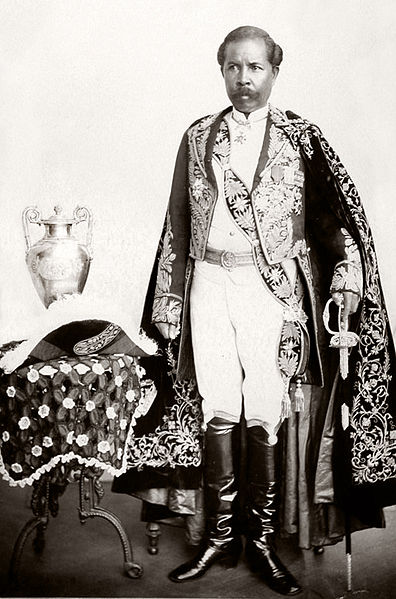

Growing French interests

The decision was taken to send the naval division of Admiral Le Timbre.[1] The French under Admiral Pierre[4] bombarded the northwestern coast and occupied Majunga in May 1885.[5] A column brought an ultimatum to Antananarivo, asking for recognition of French rights in northeastern Madagascar, a French protectorate over the Sakalava, recognition of French property principles and an indemnity of 1,500,000 francs.[1][5]
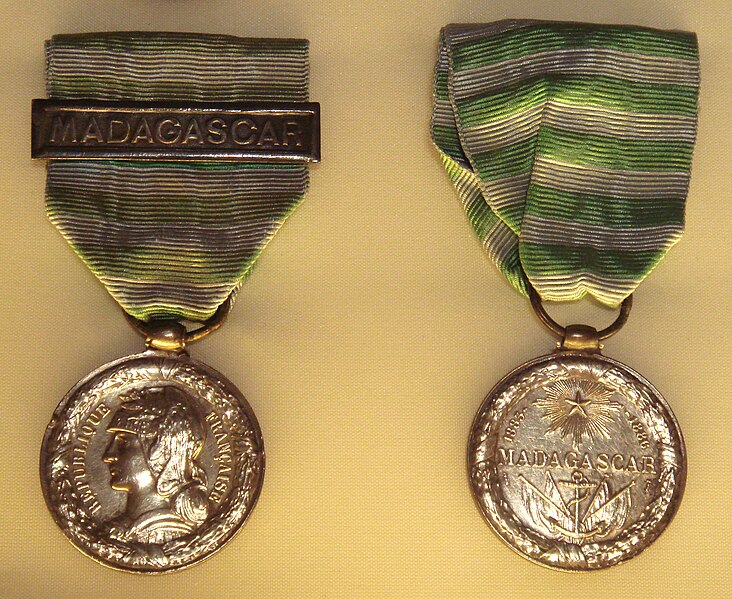
When the ultimatum was refused, France bombarded the east coast, occupied Toamasina, and arrested the English missionary Shaw.[3][5] Meanwhile, Queen Ranavalona II died, as did Admiral Pierre, who succumbed to the fatigue of the campaign.[1] Admiral Pierre was replaced by Admiral Galiber, and then Counter-Admiral Miot.[1]

A Treaty was signed in December 1885, the French interpreting it as a Protectorate Treaty, while Queen Ranavalona III and Prime Minister Rainilaiarivony denied it.[3] The Treaty included the acceptance of a French resident in Antananarivo and the payment of an indemnity of 10 million.[1]

The Treaty however remained without effect, and would lead to the Second Madagascar expedition in 1895, which resulted in French colonization of Madagascar.[1]
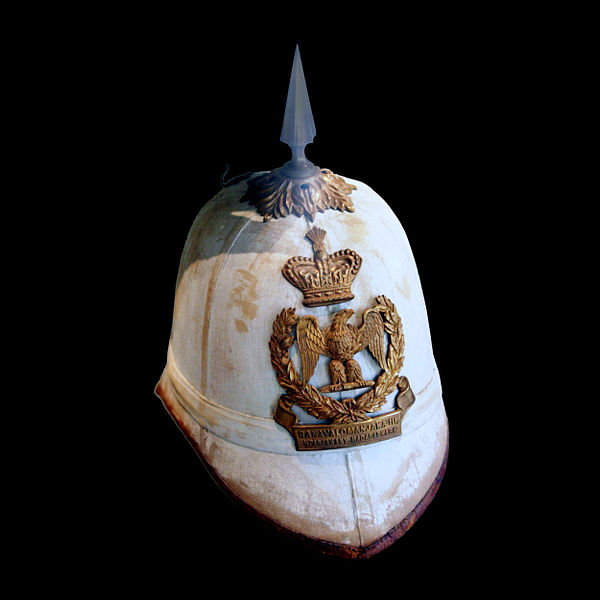
Second Franco-Hova War
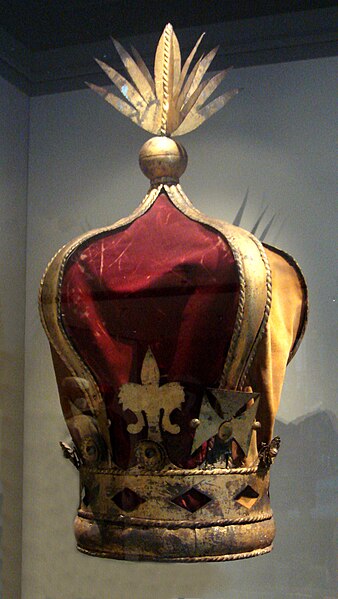
The Second Madagascar expedition (French: L'Expédition de Madagascar, or Campagne de Madagascar) was a French military intervention which took place in 1894-1895, sealing the conquest of the island of Madagascar by France. It was the last phase of the Franco-Hova War and followed the First Madagascar expedition (1883-85).
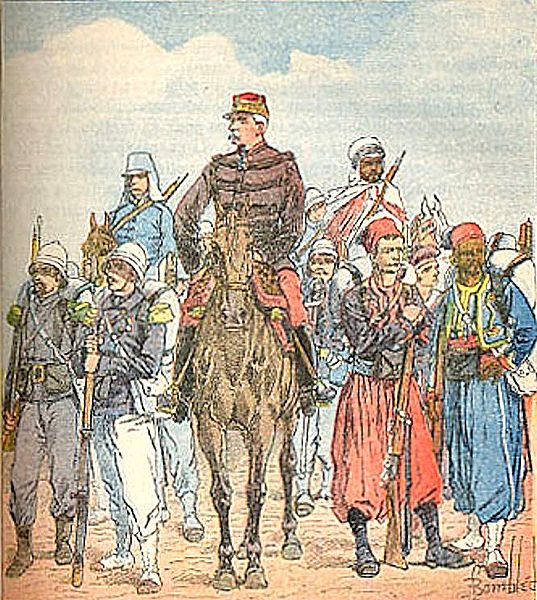

An expeditionary corps was sent under General Jacques Duchesne.[5] First, the harbor of Toamasina on the east coast, and Mahajanga on the west coast, were bombarded and occupied in December 1894 and January 1895 respectively.[6] Some troops were landed, but the main expeditionary force however arrived in May 1895, numbering about 15,000 men, supported by around 6,000 carriers.[7][8] The campaign was to take place during the rainy season, with disastrous consequences for the French expeditionary corps.[9]
As soon as the French landed, revolts erupted here and there against the Merina government of Queen Ranavalona III. The uprisings were variously against the government, slave labor, Christianization (the court had converted to Protestantism in the 1860s).[10]
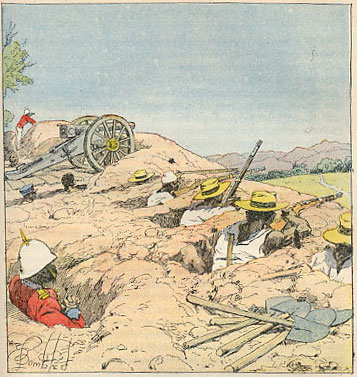
As the French force advanced towards Antananarivo, they had to build a road along the way.[11] By August 1895, the French were only mid-way at Andriba where there were numerous Malagasy fortifications but only limited fighting.[12] Disease, however, especially malaria, but also dysentery and typhoid fever, was taking a heavy toll on the French expeditionary corps.[13] The expedition was a medical disaster: about 1/3 of the force died of disease.[14] Altogether, there were 6,000 deaths in the expedition, four-fifths of them French.[15]

The Malagasy Prime Minister and Commander-in-Chief Rainilaiarivony tried to resist at Tsarasaotra on 29 June 1895, and at Andriba on 22 August 1895. He again attacked the Duchesne "flying column" in September, but his elite gunner troops were decimated by the French.[16]
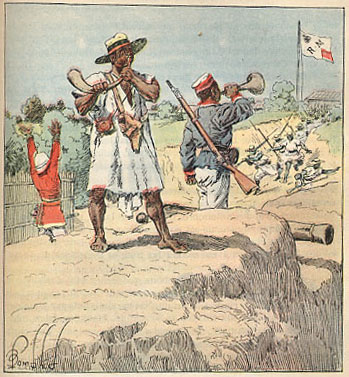

Duchesne had to send a "flying column" from Andriba on 14 September 1895, formed of Algerian and African soldiers as well as marines and accompanied by pack mules, to the capital. They arrived at the end of September.[17] An artillery battery was trained on the royal palace from the heights around the capital, and high-explosive shells were fired on the palace, killing many.[18] The Queen promptly surrendered.[19][20]
In the whole conflict, there were only a few skirmishes, and only 25 French soldiers died from fighting.[21]
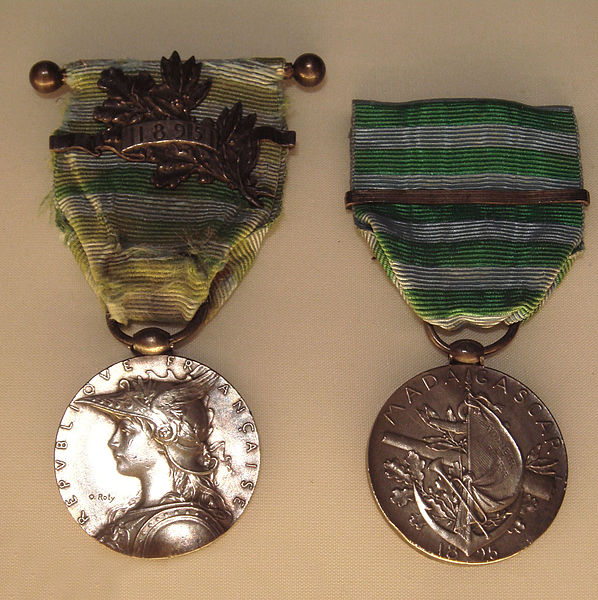

Aftermath
The conquest of the island was formalized by the 6 August 1896 vote at the French National Assembly, which resulted in favor of the annexation of Madagascar.[22]
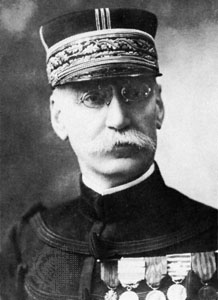
Despite the success of the expedition, the quelling of the sporadic rebellions would take another eight years until 1905, when the island was completely pacified by the French under Joseph Gallieni.[23][24]

During that time, insurrections against the Malagasy Christians of the island, missionaries and foreigners were particularly terrible.[25] Queen Ranavalona III was deposed on January 1897 and was exiled to Algiers in Algeria, where she died in 1917.[26]
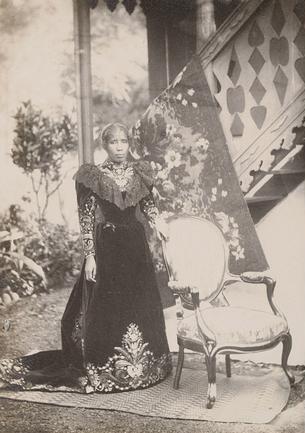



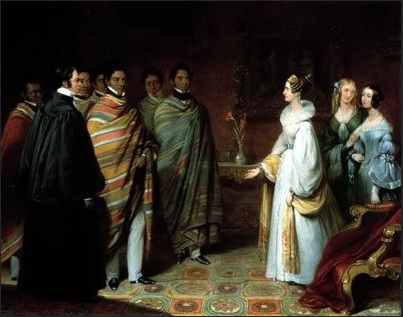
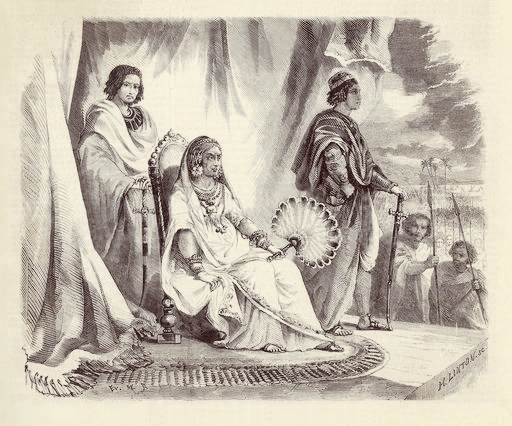
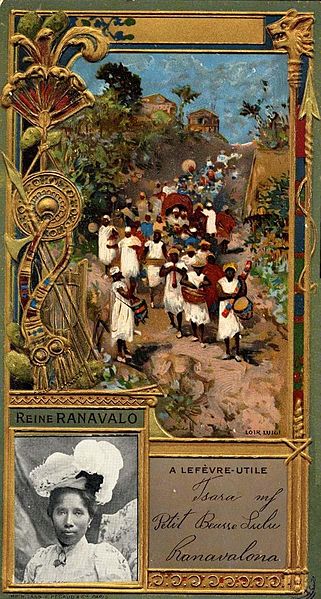

No comments:
Post a Comment